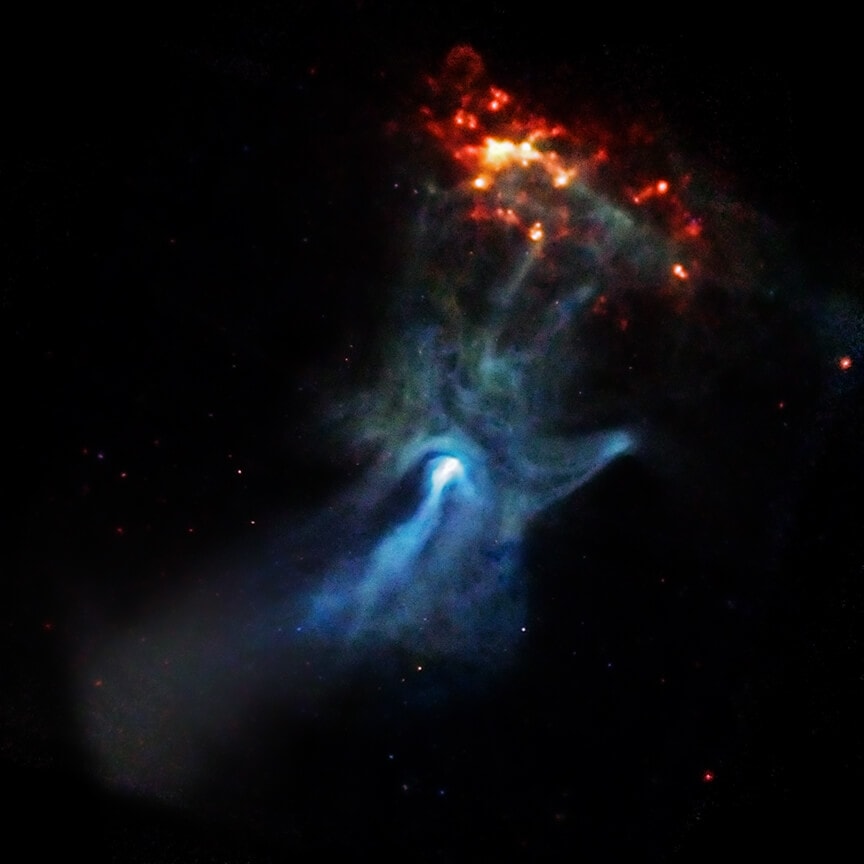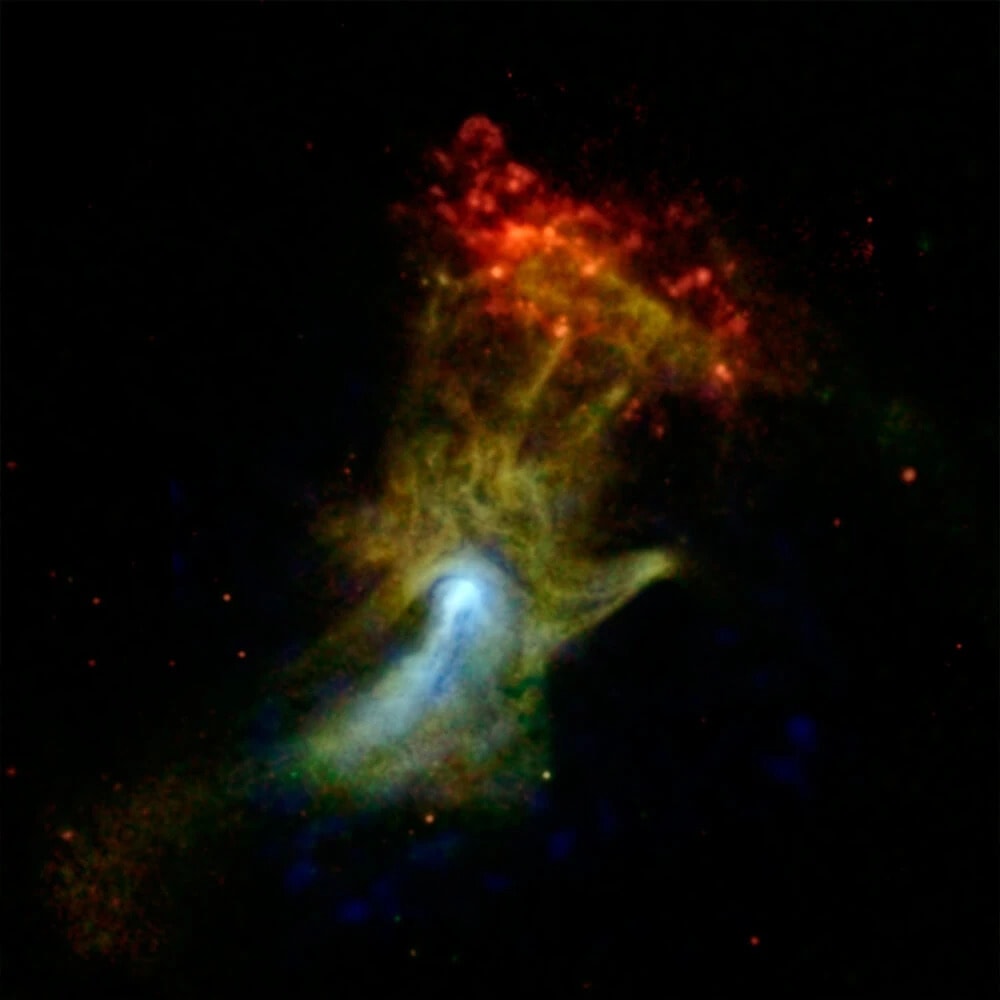NASA has been leading the world when it comes to space and what we know about it, as well as many of the planets, for years now. In that time, they have discovered some amazing things about our universe. Yet the freakiest things NASA discovered could keep you up at night. Some of it might not be easy to think about without your mind just blowing. Of course, they do not do this alone. NASA has been aided by several others when it comes to space discovery, especially in the last few decades.
While places like Blue Origin or SpaceX are privatized, thus capable of spending a lot more money, NASA still aides them in their adventures too. This is on top of the partnerships they have with universities and other government space programs, such as what we see on the International Space Station. NASA and all its partners are trying to learn more and more about our universe, but that opens up the chance to learn about freaky stuff. Here are some of those discoveries!
The Ghost Hand Of God

Year Discovered: 1982
Location: Circinus Constellation
When you think about ghosts, most think about things like Casper or other fog-like beings. However, ghosts in the universe can operate a little differently. Enter the “Ghost Hand of God.” It glows and appears green, but as you can see, the nebula itself looks a lot like a hand. It’s almost as if the hand is reaching out to grab the bright red cloud of light. This is why NASA calls it the “Hand of God.” In reality, the Hand is classified as a “pulsar wind nebula.”

They are produced by the dense remnants of stars that explode when reaching supernova. This specific nebula just so happened to get lucky enough to form like this when one star exploded 1,700 years ago in the Circinus constellation. The nebula is located roughly 17,000 lightyears from Earth and was discovered in 1982 at NASA’s Einstein X-Ray Observatory. In the end, this is one of the freakiest things NASA discovered.
